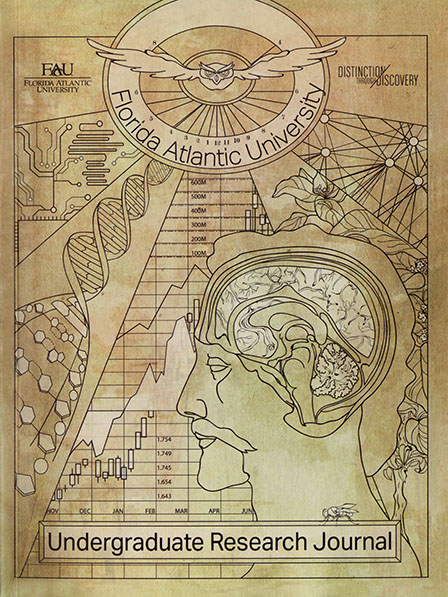The Effects of MsrA and MsrB in Anoxia Tolerance in Aging Drosophila melanogaster
Abstract
Anoxia occurs when cells are deprived of oxygen. Throughout the animal kingdom, organisms respond differently to anoxia. Drosophila melanogaster (fruit fly) enters a protective coma that allows it to withstand hours of anoxia. The greatest oxida-tive stress occurs during the period called reoxygenation. A burst of reactive oxygen spe-cies (ROS) is produced when oxygen is reintroduced to the cells. In humans, ROS cause oxidative damage to critical cellular molecules, which contributes to aging and develop-ment of age-related neurodegenerative diseases. Methionine, a common amino acid in proteins, is especially sensitive to oxidation by ROS. Two methionine sulfoxide reductas-es (MsrA and MsrB) effectively reduce the methionine sulfoxide residues back to func-tional methionine. Our lab is investigating a link between the Msr genes and anoxia re-covery using Drosophila. Currently, little is known about how the absence of Msr activi-ty affects the ability of Drosophila to recover from anoxia. In this study, MsrA and MsrB, single deletion mutants, were exposed to one hour of anoxia and the Drosophila Activity Monitor (DAM) recorded their recovery times. RNA interference (RNAi) lines were used to mimic the effect of these deletion lines by ubiquitously knocking down Msr expres-sion. My current data indicates that there was a significant difference in recovery time for the MsrA and MsrB single loss-of-function genetic mutants during middle age, but not near senescence. Insight into the role(s) of Msr genes under anoxic stress could lead to a better understanding of how these genes contribute to aging.Downloads
Published
2015-04-02
Issue
Section
Articles


